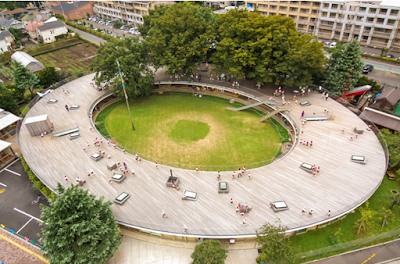Before we go any further, it is important to understand enzymes and their types and functions.
Understanding Enzymes
For the individuals who are not mindful of chemicals, here's a brief presentation of these natural particles. In straightforward words, proteins help our body in numerous substantial capacities, for example, mending and repairing of the tissues, upgraded cell vitality and expanded subjective capacity. Likewise, compounds help with the assimilation of proteins and help the body use the vitality from sustenance. Here are the absolute most essential proteins and their advantages.- Atypical Protein Kinase C: Atypical protein kinase C (aPKC) is in charge of checking the capacity of proteins in our body. Running builds the movement of Atypical protein kinase in the skeletal muscles, which expands the general vitality levels in the body. The activity levels may not strengthen the movement of aPKC; on the other hand, a standard dosage of activity may contribute towards the compound action.
- Creatine Phosphokinase (CPK): This is the compound that is in charge of changing over creatinine through an impetus response. Creatine Phosphokinase, otherwise called Creatine Phosphokinase, shows improved levels of action after a decent run. Youngsters who invest more energy circling in the play area ordinarily demonstrate somewhat lifted movement of CPK than the kids who draw in with a straightforward commercial playground equipment or some other organized action.
- Adenylate Kinase (AK): Another individual from the chemical family is Adenylate Kinase (AK), the compound that is in charge of vitality control in the cells. It controls the equalization of vitality inside of the human cells. Dynamic kids ordinarily have a higher movement level of Adenylate Kinase.
How physical activity affects enzyme activity?
Physical activity impacts all aspects of a child’s well being, including the enzyme activity. When a child engages with an outdoor playground equipment or any play structure for that matter, he allows his body to switch to the energy mode. Physical activity lets the body work out the muscles that provide energy fro the whole body for proper functioning. The increased heart rate contributes towards better blood flow, which ultimately leads to a better physical health. When the body is in its best form, it allows the enzyme activity to perform at its fullest.Therefore, make sure that your child has ample time to participate in physical activities, including school playground activities that usually involve school playground equipment, and other active play activities that get your child’s heart racing. Simple everyday exercises can do a lot when it comes to building physical strength. Let your kids participate in all kinds of activities and watch them transition into an active child.





